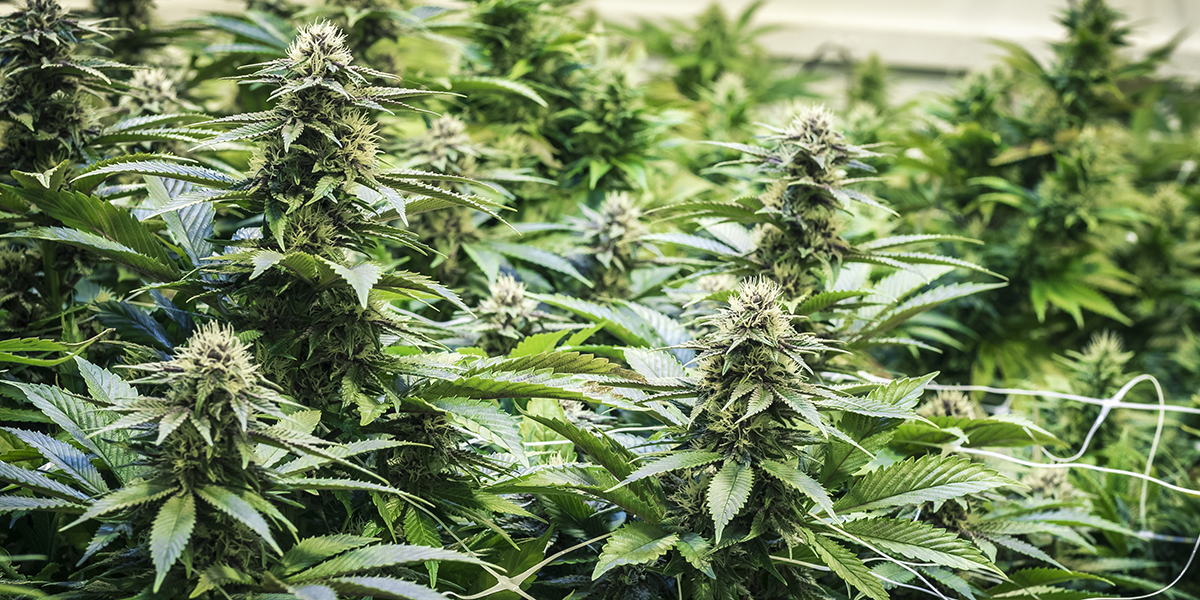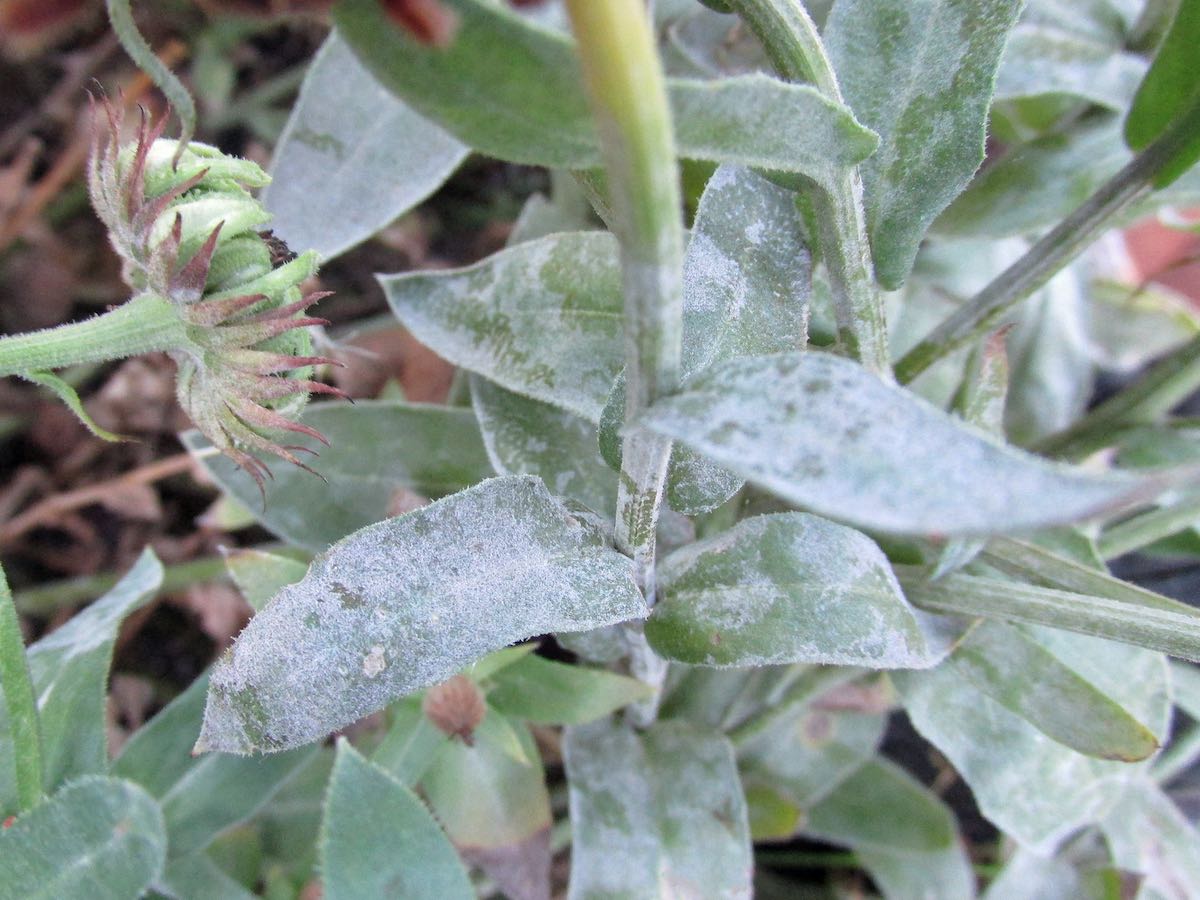Powdery mildew is one of the most common and frustrating diseases for gardeners growing baby sage plants This fungal disease coats leaves and stems with a white powdery substance that can stunt growth and damage your sage If left unchecked, powdery mildew can even kill young sage plants.
The good news is that with some diligence and proper treatment you can get rid of powdery mildew and keep your baby sage healthy and thriving. In this comprehensive guide, we’ll cover everything you need to know to diagnose treat, and prevent powdery mildew on your baby sage.
Identifying Powdery Mildew on Baby Sage
The first step is learning how to spot powdery mildew early. Check your baby sage frequently for these telling signs:
- White or gray powdery spots on leaf surfaces
- Powdery coating spreading to cover entire leaves and stems
- Leaves curling, yellowing, and dropping prematurely
- Stunted growth
Powdery mildew starts off localized but can quickly spread to the entire plant if weather conditions remain favorable. humid, poor air circulation, and moderate temperatures between 60-80°F provide the perfect environment for outbreaks.
Act swiftly at the first sign of infection to keep it from getting out of control. Removing affected leaves immediately can help prevent spreading.
Effective Treatments for Powdery Mildew
Once you’ve identified powdery mildew on your baby sage, you can begin treatment. Several effective organic and chemical options can conquer this stubborn disease:
Organic Remedies
-
Baking soda – Mix 1 tbsp baking soda with 1 gallon of water and add a few drops of dish soap. Spray every 7-14 days. The soap helps the solution adhere.
-
Milk spray – Mix 1 part milk with 10 parts water and apply to leaves. The proteins in milk have antifungal properties.
-
Neem oil – This natural pesticide disrupts the fungus’s growth. Follow label instructions for mixing and applying.
-
Sulfur – Available as a dust or spray, sulfur kills fungal spores on contact. It can also help prevent recurrence.
Chemical Fungicides
-
Copper-based – Copper inhibits spore production and growth. It may leave blue residues on plants.
-
Potassium bicarbonate – This powder disrupts the fungus’s cell membranes on contact.
-
Chlorothalonil – Broad spectrum fungicide that prevents spore germination. Use cautiously, as it can damage beneficial fungi in the soil.
Always follow label instructions carefully when using chemical fungicides. Apply early morning or late evening to avoid leaf burn. Avoid using these on sage intended for consumption.
Preventing Powdery Mildew from Returning
In addition to prompt treatment, certain measures can prevent powdery mildew from recurring and reinfecting your healthy sage:
-
Improve airflow by spacing plants 1-2 feet apart and thinning inner branches.
-
Avoid overhead watering, which creates a damp environment fungi love.
-
Water in the morning so leaves can dry out during the day.
-
Remove and destroy any diseased leaves and stems to eliminate spore sources.
-
Apply neem oil or sulfur preventatively every 2-3 weeks when humidity is high.
-
Rotate sage plants to different beds each year to reduce endemic pathogens in the soil.
-
Choose resistant varieties like ‘Purpurascens’, ‘Icterina’, and ‘Aurea’ that have fewer issues with mildew.
With vigilance and prompt treatment at the first sign of infection, you can keep powdery mildew at bay and enjoy a thriving harvest of beautiful, healthy sage. Don’t let this stubborn disease get the best of your baby sage plants!

Identification, Prevention and Control

Powdery Mildew on a Calendula Plant
Powdery mildew is a common fungal disease that affects a wide variety of plants and is caused by many different species of fungi. Infections generally occur when temperatures are mild, between about 60 to 80 degrees, and are most severe when nights are cool, days are warm and plants are crowded or shaded. In many areas, infections are common in the spring and fall. Humidity can help powdery mildew infections grow but moist conditions are not required for infections to grow or spread. Infections usually start in the lower sections of plants where there is less airflow. Infections are spread by wind, water and insects.
Powdery mildew is easily recognizable by its powdery white appearance that starts as small spots and can eventually cover leaves, stems, flowers, and even entire plants. Infections can cause discoloration or loss of leaves and also deformed leaves and other plant parts. Yields and and flavor can both be reduced by infections. Powdery mildew infections do not usually kill plants.
Plants Commonly Affected by Powdery Mildew
A wide variety of plants are affected by powdery mildew, including many commonly grown ornamental and edible plants.
Some of the many ornamental annuals and perennials affected by powdery mildew include: aster, bee balm, begonia, calendula, calibrachoa, campanula, chrysanthemum, columbine, coreopsis, cosmos, dahlia, delphinium, gaillardia, geranium, heliopsis, joe-pye weed, lupine, penstemon, petunia, rudbeckia, salvia, snapdragons, stokesia, sunflower, verbena, veronica, yarrow, and zinnia.
Some fruits and vegetables affected by powdery mildew include: bean, cucumber, lettuce, melon, pea, pepper, pumpkin, squash, strawberry, and tomato.
Prevent & Treat Powdery Mildew and 4 Home Remedies that Work!!
How do you treat powdery mildew on sage plants?
To treat powdery mildew on sage plants, start by removing any heavily infected leaves or stems. Prune the plant to improve air circulation and reduce humidity around the leaves. Additionally, you can use organic fungicides containing sulfur or neem oil to control the spread of powdery mildew.
Can you eat powdery mildew on garden sage?
If you find that you are fighting an epidemic of powdery mildew on garden sage, there are a few relatively safe treatments to employ. Numerous fungicides are rated for use against powdery mildew, but keeping in mind that you want to eat the leaves you will want to select wisely.
What does powdery mildew on garden sage look like?
Powdery mildew on garden sage appears as the temperatures increase in late spring. It is a fungal disease. In the early stages, it looks like dusty white spots on the upper surface of the leaves. As it develops, entire leaves will be coated with the fungus and it leads to leaf drop and deformed new growth.
What is downy mildew on Sage?
Downy mildew is a fungal disease that affects a wide range of plants, including sage. It thrives in cool and humid conditions, making it more prevalent during spring and fall. Downy mildew appears as yellow or pale green spots on the upper surface of sage leaves, while the underside may develop a fuzzy gray or purplish growth.
